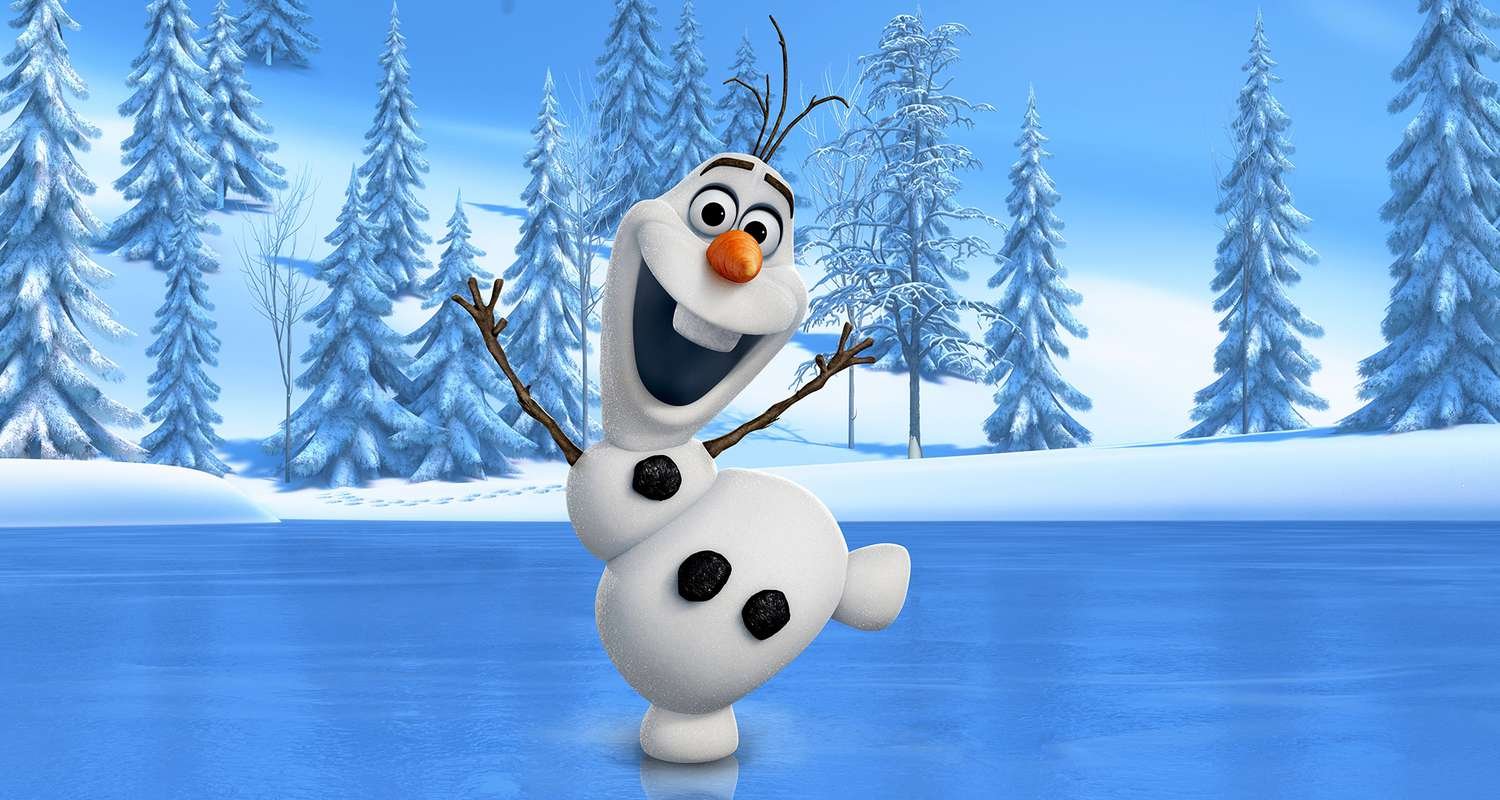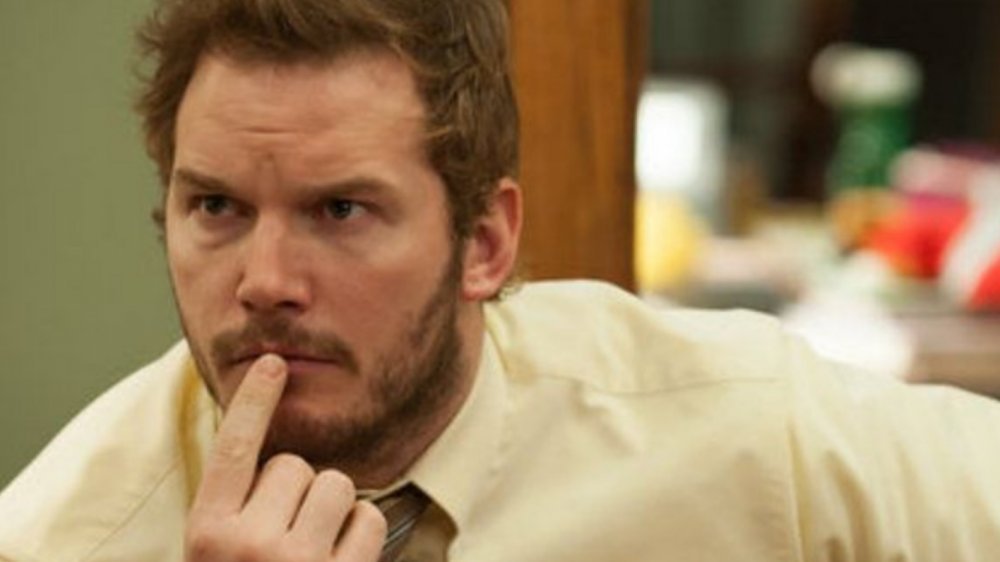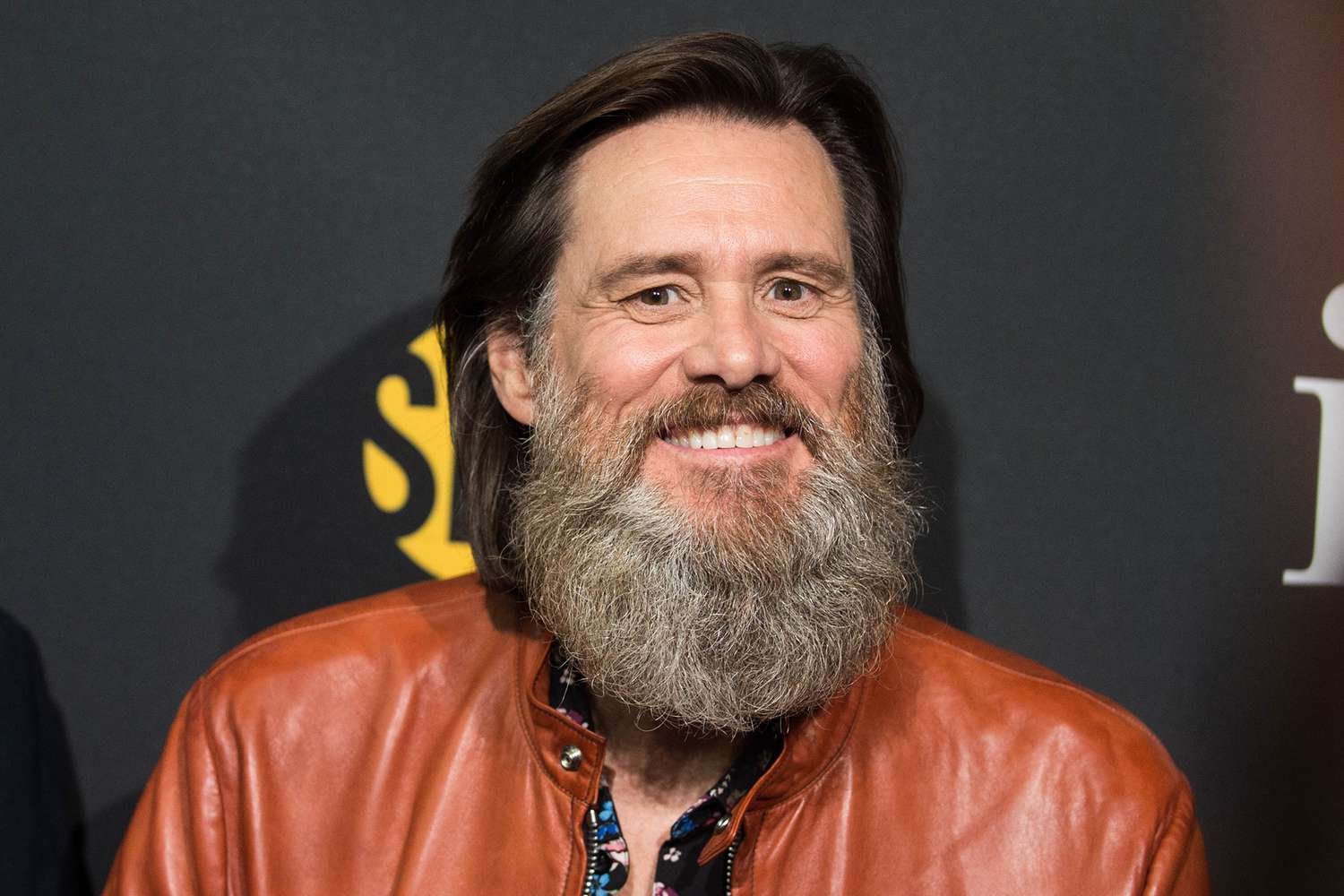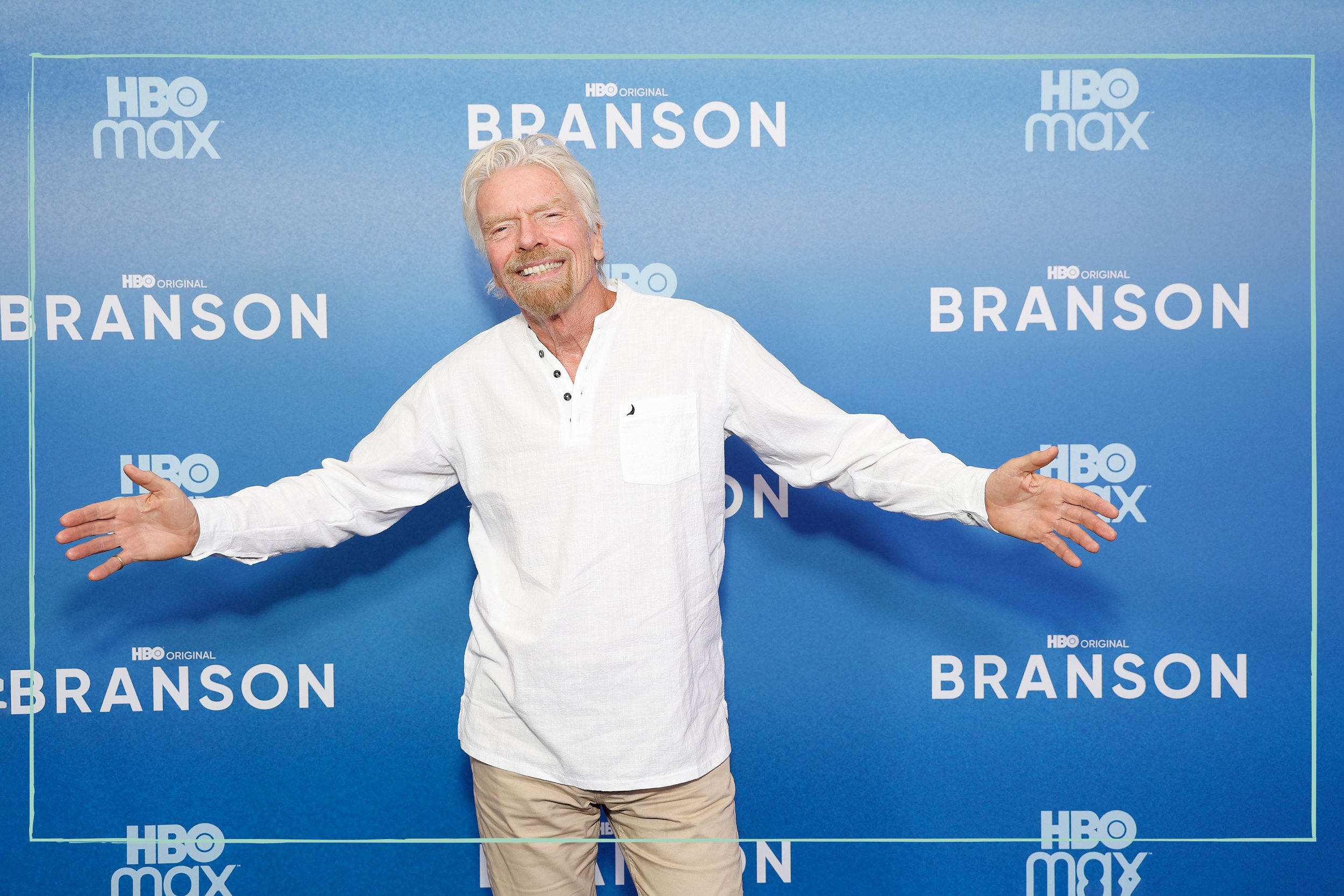Introduction
If Type Sevens were a flavor, they’d be something like citrus sprinkles on top of a mango sorbet: bright and zesty, and tack onto that, always on the move (not a characteristic of sorbet, but you get my point!). These are your idea machines, your adventurers, your “what if we just got in the car and drove until we found the best donut in the state?” kind of people. Sevens radiate possibility. They chase joy like it’s their full-time job (and honestly, sometimes it is).
Golden retriever energy? Check. Big smiles, tail wagging, always ready for the next great idea or spontaneous adventure. Sevens make life more fun just by showing up. They’re the visionaries, the idea guys, the ones who can rally a crowd and get everyone excited about something that didn’t even exist five minutes ago. They’re often the life of the party, bringing people together through their energy, humor, and a contagious “let’s make this awesome” attitude.
But here’s the twist: that cheerful, happy-go-lucky exterior is also a shield. Underneath the glitter is a quiet dread—the fear that if they stop moving, the pain will catch up. Sevens are often running from deprivation (of pleasure, of stimulation, of connection) and the inner stillness that might force them to feel things they’d rather skip over. Their optimism is real, but it’s also a clever disguise. Growth for Sevens lies not in avoiding discomfort, but in discovering that they can actually survive it and even find depth and sweetness on the other side.
1. Center Of Intelligence: The Head (Types 5, 6, 7) = Fear
[The Enneagram divides the nine types into three Centers of Intelligence: the Head, Heart, and Gut. Each center processes the world primarily through either thinking, feeling, or instinct.]
Head types navigate life through thought, analysis, and forecasting. They take in the world through their mind, constantly scanning for patterns, potential dangers, and the best path forward. Their thoughts often move quickly, and they rely on logic, planning, or imagination to make sense of the chaos around them.
The emotional struggle for this center is fear. Whether it’s expressed through withdrawal and detachment (5), anxiety and worst-case-scenario thinking (6), or distraction and overplanning (7). Building trust in themselves and the world is central to their growth.
If you’re a Type 5, 6, or 7, you probably analyze everything (sometimes to a fault), and seek mental clarity as a way to make sense of a world that can feel unpredictable or overwhelming.
2. Core Motivation, Fear, and Desire
[These are the inner drivers behind the type’s behavior, the deep needs they’re trying to meet, the fears they avoid, and what they long for most.]
Key Motivation: To maintain freedom and happiness, to avoid missing out, to stay excited and occupied, and to avoid emotional pain.
Basic Fear: Being deprived, trapped in pain, or limited in options.
Basic Desire: To be satisfied and content, with needs fully met.
3. Wings
[Your “wings” are the two numbers on either side of your core type. Most people lean more toward one or the other, which flavors their personality.]
6 Wing (The Entertainer): Adds anxiety, loyalty, and more attachment to relationships and planning. A bit more grounded but still buzzing.
8 Wing (The Realist): Adds intensity, boldness, assertiveness, and sometimes rebelliousness. Tends to be more action-oriented and less anxious.
4. Relational Stance & Repressed Center
[Each Enneagram type belongs to one of three stances, strategies for how we move through the world and try to get our needs met. These stances describe habitual energy patterns, not just how you interact with others, but how you cope with stress, seek connection, and protect your sense of self.]
Stance: Aggressive. Moves against people to assert their independence and chase their own desires.
Repressed Center: Productive Feeling. Often avoids sitting with emotional discomfort. Instead of processing feelings, they escape into plans, fun, or fantasy.
5. Passion / Sin
[This is the emotional habit or "core vice" of the type: the thing they fall into when they’re out of alignment with their true self.]
Gluttony – Not just about food, though, yes, also snacks. It’s the drive for more of everything: experiences, options, stimulation, adventure. Gluttony for Sevens means living in fast-forward, multitasking life itself, and sometimes piling so much on their plate they don’t taste any of it. The mantra tending to be “more is more and more is better!”
6. Childhood Patterns
[This section highlights the unconscious messages each type internalized in childhood, both the false beliefs they absorbed and the healing truths they missed but longed to hear.]
Unconscious Childhood Message: “It’s not okay to depend on anyone for anything.”
Lost Childhood Message: “You will be taken care of.”
That independence streak? It started early. Many Sevens learned to rely on their own joy-production to survive emotional neglect and inconsistency.Many Sevens grew up in environments where pain, disappointment, or emotional needs felt too overwhelming, or simply weren’t met consistently. In response, they learned to turn toward joy, imagination, and possibility as a way to self-soothe. By staying busy, entertaining themselves, and focusing on the positive, they tried to outrun feelings of loneliness or fear. Over time, they came to believe they had to take care of themselves and their own happiness, because no one else would.
7. Growth & Stress Arrows
In Growth (toward Type 5): Becomes more focused, deep-thinking, contemplative. Capable of solitude and deep dives.
In Stress (toward Type 1): Becomes more rigid, critical, perfectionistic. Can lose their spontaneous flair in a sea of shoulds and rules.
[The Enneagram symbol includes dynamic lines that show where each type tends to go under stress and where they go when growing. When stressed, a type may take on the less healthy traits of another number. In growth, they may adopt the healthier aspects of yet another. Understanding these arrows helps with intentional development.]
8. Superpower
[Every Enneagram type brings a specific gift to the world, a unique strength that flows when they’re aligned and healthy. This isn’t just what they’re good at, it’s what makes them a necessary part of a thriving, balanced world.]
Vitality & Reframing – Nobody bounces back like a Seven. Their gift is helping others see the light in dark places and reminding people of possibility even in hard moments. They can reframe almost anything into something inspiring, and they believe it. Their vitality is magnetic, an aliveness that energizes everyone around them. Sevens don’t just live life; they light it up, often reminding others how much joy and possibility still exist, even in the mundane.
9. Common Challenges
[This section explores what tends to trip this type up: recurring emotional patterns, blind spots, and areas of struggle. These aren’t flaws, but rather predictable pitfalls that can become opportunities for growth with awareness and support.]
Impulsivity, commitment struggles, avoiding pain or discomfort
FOMO to the max, often overbooked or under-present
Struggles with patience, follow-through, and sitting still (physically or emotionally)
Over-optimism that veers into denial. They may reframe or minimize serious issues, making it hard to process grief, loss, or conflict honestly.
Disconnection from their emotional depth; In trying to avoid pain, they often lose access to the full range of their emotions, including joy with roots.
Jumping ship too early; When the novelty wears off, they may abandon relationships, jobs, or projects before they've matured.
Difficulty discerning what they actually want; With so many options and distractions, it can be hard for Sevens to name what truly matters to them.
Using humor or charm to deflect vulnerability; Their likability can become a shield that keeps others (and themselves) at a distance from real emotional intimacy.
10. Subtypes
[This refers to your dominant instinct, self-preservation, social, or one-to-one (also called sexual), which shapes how your Enneagram type shows up in daily life. Each type can look quite different from each other. Each Enneagram type has an instinctual subtype that is often called the “countertype.” This version runs counter to the usual stereotype of the type, meaning it may express its core motivation in a less obvious or even contradictory way. Countertypes can make it harder to spot your number at first because they don’t always “look like” the textbook version, but the underlying motivation is still the same.]
Self-Preservation Seven – “Keeper of the Castle”: Focused on comfort and security. Often more practical, but still upbeat and pleasure-seeking. Think warm homebody who always has snacks.
(Countertype)
Social Seven – “Sacrifice for the Group”: More countertype. Appears less self-indulgent and more focused on uplifting the group. May deny their own needs while playing cheerleader.
One-to-One/ Sexual Seven – “Suggestibility”: Wildly adventurous, excitable, and magnetic. Constantly chasing stimulation and connection. Easily swept up in a new person or project.
11. Emotional, Energy, and Communication Style
[This section explores what tends to trip this type up: recurring emotional patterns, blind spots, and areas of struggle. These aren’t flaws, but rather predictable pitfalls that can become opportunities for growth with awareness and support.]
Emotional Style: Positive, grateful, avoidant of negativity
Energy: Restless, high-energy, zany, buoyant, scattered
Communication Style: Playful, rapid-fire, spontaneous, persuasive, hyperbolic, and sometimes a little… extra. But delightfully so.
12. Therapy Perspective
[Practical notes from a therapist’s point of view. What this type might need in counseling and what healing often looks like. This is where you’ll find tips, reminders, and patterns that tend to emerge when this type is doing inner work.]
In therapy, Sevens might show up full of ideas, energy, and optimism, but that same enthusiasm can become a clever detour around discomfort. They’re masters of intellectualizing or reframing pain before they’ve actually felt it. Therapy can feel inherently threatening to a Seven because it asks them to do the one thing they’ve worked so hard to avoid: slow down, sit with hard feelings, and not run away from the hard stuff.
Many Sevens ghost therapy when it gets too uncomfortable, emotionally or even just logistically. It’s not uncommon for them to miss sessions during stressful seasons or disappear entirely if they feel too exposed. Their freedom-first wiring resists being pinned down by anything unpleasant, especially if it threatens their carefully curated optimism.
That said, when they do stick with it, Sevens benefit from a therapist who offers containment without control. Gentle grounding practices, somatic awareness, and present-moment resourcing can help them tolerate discomfort long enough to metabolize it. It’s crucial to validate that pain won’t consume them and to offer new experiences of safety in stillness.
Helping Sevens connect joy with presence (rather than escape) is transformative. When they learn that they can handle grief, boredom, or uncertainty, and that there’s depth on the other side of discomfort, they gain access to their full emotional range, not just the highlights reel.
13. Pop Culture Examples (Hypothetical)
[Real and fictional people who are widely considered to represent this Enneagram type. These examples help ground abstract concepts in relatable characters and show how the type can manifest in very different lives.]











Real People:
Robin Williams
Overflowing with energy, humor, and creativity, Williams embodied the Seven's sparkle and rapid-fire spontaneity. His quick wit often masked a deeper inner pain, a classic Seven tendency to reframe sadness with laughter.Richard Branson
The founder of Virgin is the definition of entrepreneurial adventure. Always seeking the next big thrill, Branson’s risk-taking, charm, and refusal to be tied down speak to a high-octane, freedom-loving Seven.Jim Carrey
A powerhouse of energy and expression, Carrey’s physical comedy and larger-than-life presence scream Type 7. Behind the exuberance, he’s also explored deeper meaning, showing how Sevens can evolve into introspective truth-seekers.Kristen Bell
Bell radiates bubbly energy, humor, and playfulness on and off screen. Whether voicing a talking sloth or sharing mental health insights on Instagram, she blends lightness with depth, classic Seven mix of charm and reframe.Jimmy Fallon
Fallon’s fast-talking, enthusiastic hosting style, love of games, and improvisation scream Type 7. He thrives on fun, connection, and keeping things light, and he’s always jumping to the next exciting bit.
Fictional Characters:
Jack Sparrow (Pirates of the Caribbean)
Wildly charismatic, unpredictable, and always scheming his next escape or treasure, Jack is a thrill-seeking opportunist who refuses to be tied down. Chaos is his playground.Phil Dunphy (Modern Family)
Endlessly enthusiastic, goofy, and full of ideas (good and bad), Phil embodies the childlike optimism and distractibility of a 7. He lives to bring joy, sometimes at the expense of practicality.Barbie (Barbie, 2023)
In Greta Gerwig’s film, Barbie’s idealistic joy and denial of discomfort represent a clear Type 7 arc, forced to confront existential questions, she learns depth isn’t something to fear.Olaf (Frozen)
Innocently optimistic and always looking on the bright side (even in the face of melting) Olaf is a great example of a pure-hearted, pleasure-seeking Seven who avoids negativity with a song and a hug.Andy Dwyer (Parks and Recreation)
Chaotic good personified. Andy is fun-loving, distractible, impulsive, and always down for the next ridiculous plan. He avoids responsibility but never stops chasing joy.
Path to Growth: So, Now What?
What Growth Means for Type 7
Growth for Sevens means learning to slow down, to welcome constraints, discomfort, and the full spectrum of emotional life, not just the positive, exciting, “fun” parts. It means shifting from chasing possibilities and avoiding pain toward grounded presence, acceptance, and discernment. Often, very early in the journey, Sevens don’t see their avoidance or restlessness as a “problem”, the traits are egosyntonic: they feel right, automatic, natural, even virtuous. Recognizing which parts of your personality are comfortable because they fit you, rather than because they’re genuinely life-giving, is a key growth edge.
Early Signs of Growth
Noticing impulses to jump to a new idea, project, or pleasurable experience before finishing what’s already in process.
Observing when you’re using optimism or distraction to avoid painful feelings, hard conversations, or discomfort.
Allowing yourself to feel and sit with boredom, restlessness, sadness, or discomfort instead of immediately changing the subject or fleeing into activity.
Choosing to stay with people, places, or tasks even when they feel limiting rather than moving on to “something better.”
Reflecting on egosyntonic parts: asking “Which parts of my energy feel so natural I don’t question them?” and considering whether those habits are serving or avoiding.
Practices that Support Growth
Mindfulness / grounding practices: slowing breath, body awareness, meditation that includes noticing sensations, emotions, not only thoughts or ideas.
Reflective pause: before saying “yes” to something new (project, event, idea), pause; check in: “Do I want this because it excites me, or because I’m avoiding something else?”
Work on follow-through and finishing: setting small commitments with deadlines; completing what you start, even imperfectly.
Embracing limitation & constraints: choosing projects with boundaries (time, resources), restricting options sometimes to deepen focus.
Emotional courage: allowing feelings of pain, longing, regret, grief to be present; expressing them with safe others; journal or therapy to explore what’s uncomfortable.
Cultivating discipline: small routines, structure, routines that aren’t “fun” per se, but support health (sleep, rest, scheduled downtime, single-task work).
What Mature Growth Looks Like
A Seven who still has sparkle, vision, curiosity, and energy, but whose excitement is anchored by presence, integrity, and grounded choice rather than restless chasing.
Someone who is comfortable with stillness, who can allow life as it is, even in less poetic or exciting moments, and find meaning and satisfaction in them.
Emotional depth: open to sadness, disappointment, not just joy; can hold negative emotion without needing to escape or spin into distraction.
Discernment: knowing what to say yes to, what to decline; freedom paired with responsibility; adventure balanced with consistency.
Relational depth: being present with others in moments of vulnerability; not always performing, always “on,” but letting others see you in all colours.
Wisdom about one’s limits and resources: knowing when rest is needed, when commitment or constraint serves rather than feels restrictive.
Watch Out For…
Egosyntonic traps: assuming that your hyperactivity, optimism, and spontaneity are all always strengths. Because these traits feel natural, you may resist seeing when they lead to burnout, superficiality, and avoidance.
Overcommitment & scattering: saying yes to too many things, spreading yourself thin, losing follow-through.
Avoidance of pain, conflict, or limitations by distracting yourself, busy-ness, overplanning, novelty, reframing.
Fear of missing out (FOMO) driving choices rather than values or depth.
Using fun or optimism to gloss over issues, refusing to sit with negative feedback, or reality or responsibility.
Disengagement or impatience when things are slow, routine, or when discomfort arises.
Encouragement for the Journey
This is a brave path: for Sevens, slowing down doesn’t come naturally; feeling pain or missing “opportunities” can feel like danger. But each time you let yourself stay with discomfort, you deepen your capacity to experience all of life, not just the highs. You don’t have to lose your joy, your vision, or your zest; these are gifts. But when they are grounded in presence and acceptance, your life becomes more sustainable, more meaningful, more deeply connected. You’re allowed to rest. You’re allowed to miss something. And you’re allowed to be fully you, with all your parts.
Bonus! The Quinessential Type Seven Playlist
I scoured the internet, fan forums, and my own late-night feels to curate songs that capture the emotional world of a true Type Seven. Whether you're deep in your feels, hyping yourself up, or trying to figure yourself out, this playlist is for you.
14. Journal Prompts
[Reflective questions tailored to this type’s inner world for self-awareness, growth, and emotional clarity. Designed to help readers get curious about their patterns, relationships, and deeper motivations.]
What are you afraid might happen if you slow down or stay in one place?
What emotions do you tend to distract yourself from?
Where in your life are you seeking more instead of going deeper?
What does true satisfaction feel like, not just stimulation?
What would it mean to believe you are already taken care of?
15. Final Encouragement
Dear Seven, You are not too much. You are a firework display of life and light and momentum. And your capacity to bring joy, vision, and vitality to others is unmatched. But your deepest magic lies not just in what you add to the world—but in what you allow yourself to fully feel. You don’t have to chase peace. It’s in you, waiting patiently, right here in the present. Don’t drown out the right now with all the things that are yet to come.
You won’t get trapped in the yucky stuff, I promise. I know you crave freedom, and in fact, facing the yucky stuff head-on is what actually sets you free. When you stop running from the hard feelings, they stop looming so large. You gain depth, grounding, and emotional resilience, and that doesn’t dull your shine; it rounds you out and makes you even more captivating.
Flex those tiny bummer muscles when the little inconveniences show up. Feel the disappointment, the grief, the letdown, and keep going. That’s how you build strength for the big stuff, one rep at a time. You do not need to be squished or tamed, just balanced. Your spontaneity, your boldness, your hunger for life, all of that is a gift. But when it’s paired with presence and emotional honesty? That’s when your joy becomes not just contagious, but healing.
When you show others that you can stay playful and hopeful while walking through the hard things, it doesn’t dim your magic, it deepens it.
Type 7 Mantra
Let this anchor you in the now, even when it’s not exciting or easy.









